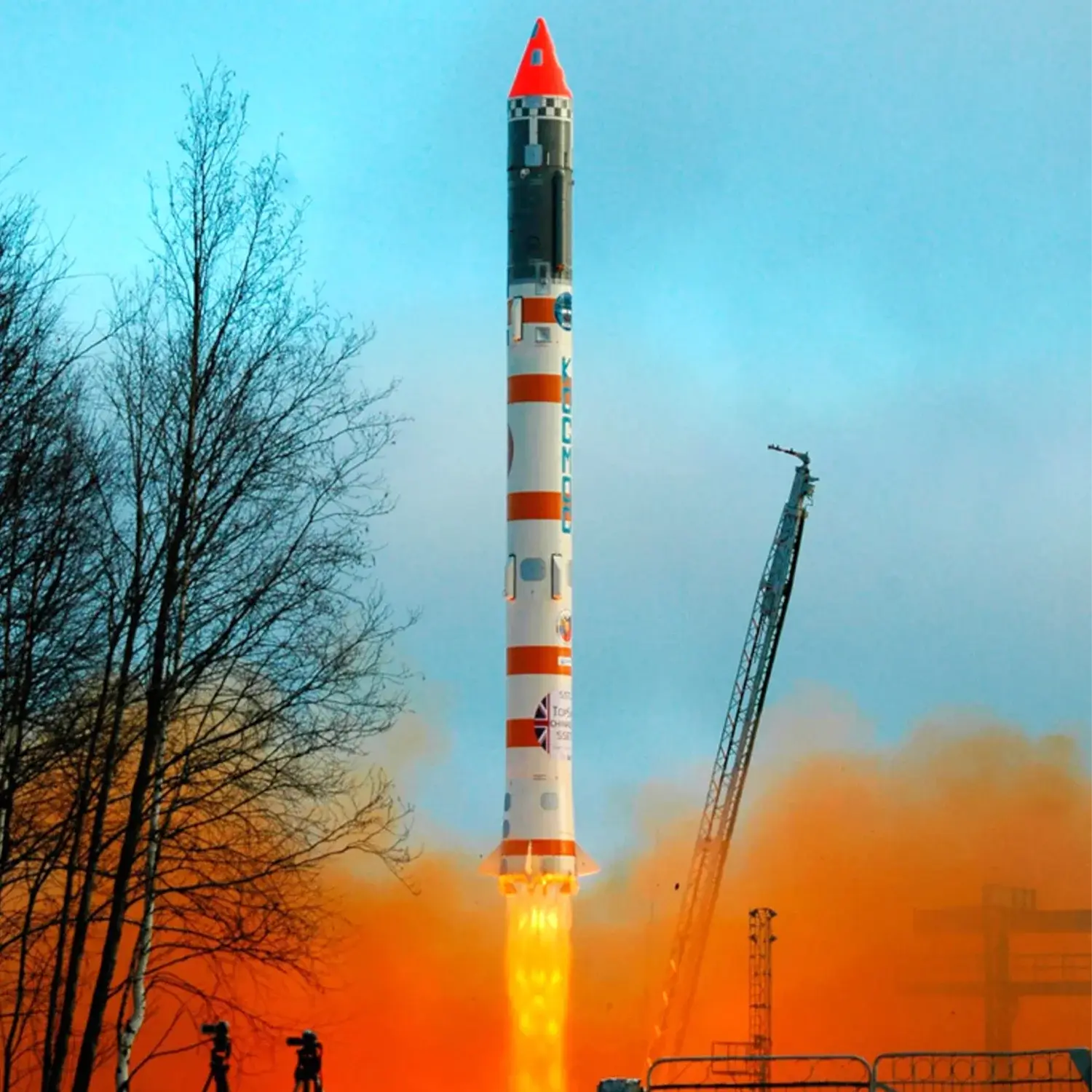Aryabhata
Launch Success
Liftoff Time (GMT)
07:58:54
Saturday April 19, 1975
Mission Details
Aryabhata
The Aryabhata 1 spacecraft, named after the famous Indian astronomer, was India's first satellite and was completely designed and fabricated in India. The spacecraft was quasispherical in shape containing 26 sides and contained three experiments for the measurement of cosmic X-rays, solar neutrons, and Gamma rays, and an ionospheric electron trap along with a UV sensor. The spacecraft weighed 360 kg, used solar panels on 24 sides to provide 46 Watts of power, used a passive thermal control system, contained batteries, and a spin-up gas jet system to provide a spin rate of not more than 90 rpm. There was a set of altitude sensors comprised of a triaxial magnetometer, a digital elevation solar sensor, and four azimuth solar sensors. The data system included a tape recorder at 256 b/s with playback at 10 times that rate. The PCM-FM-PM telemetry system operated at 137.44 MHz. The necessary ground telemetry and telecommand stations were established at Shar Centre in Sriharikota, Andhra Pradesh.
Low Earth Orbit
1 Payload
360 kilograms
Launch Site
Stats
Cosmos-3
124th
Mission
6th
Mission of 1975
OKB-586
923rd
Mission
27th
Mission of 1975
1975
36th
Orbital launch attempt

